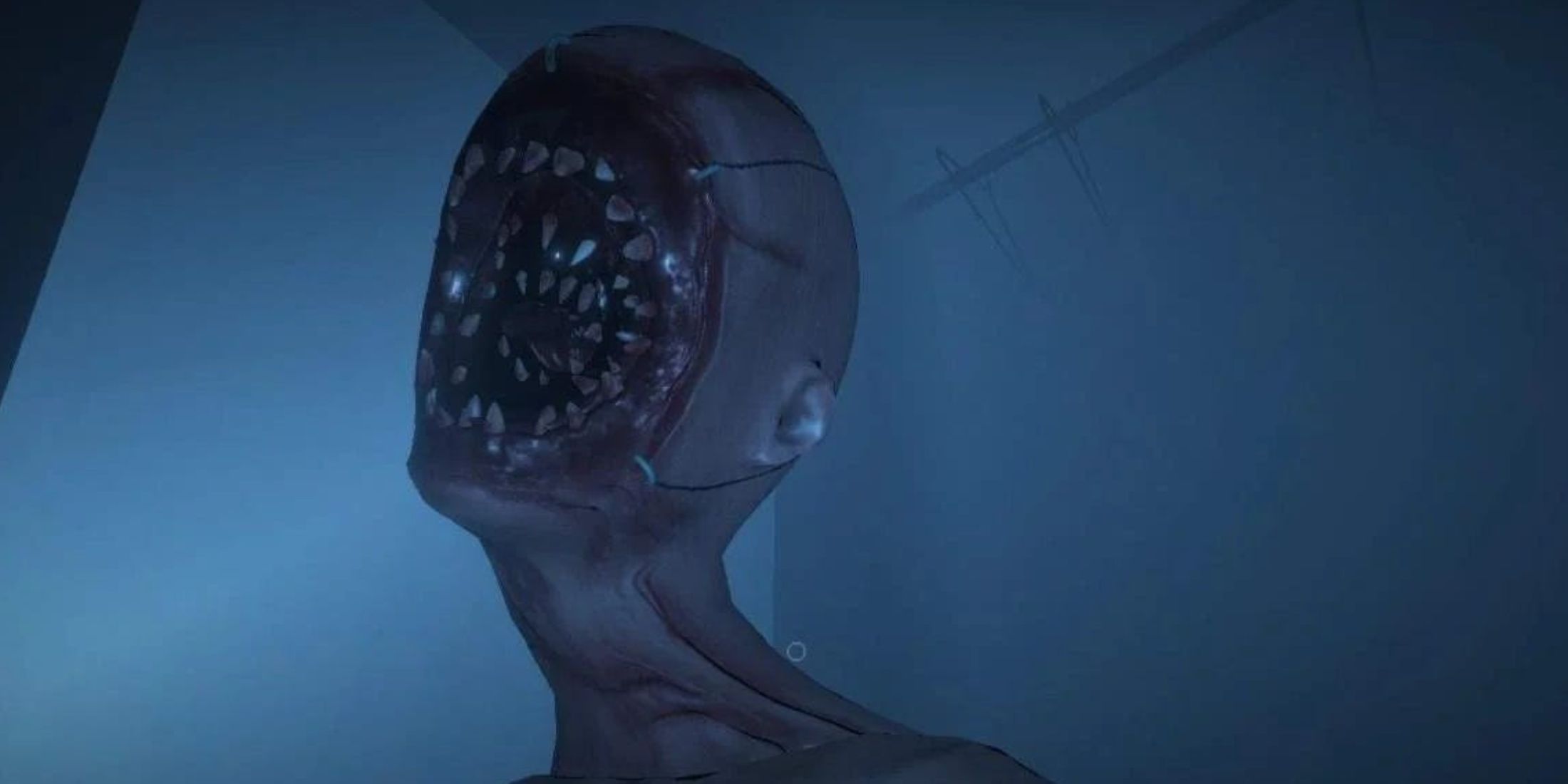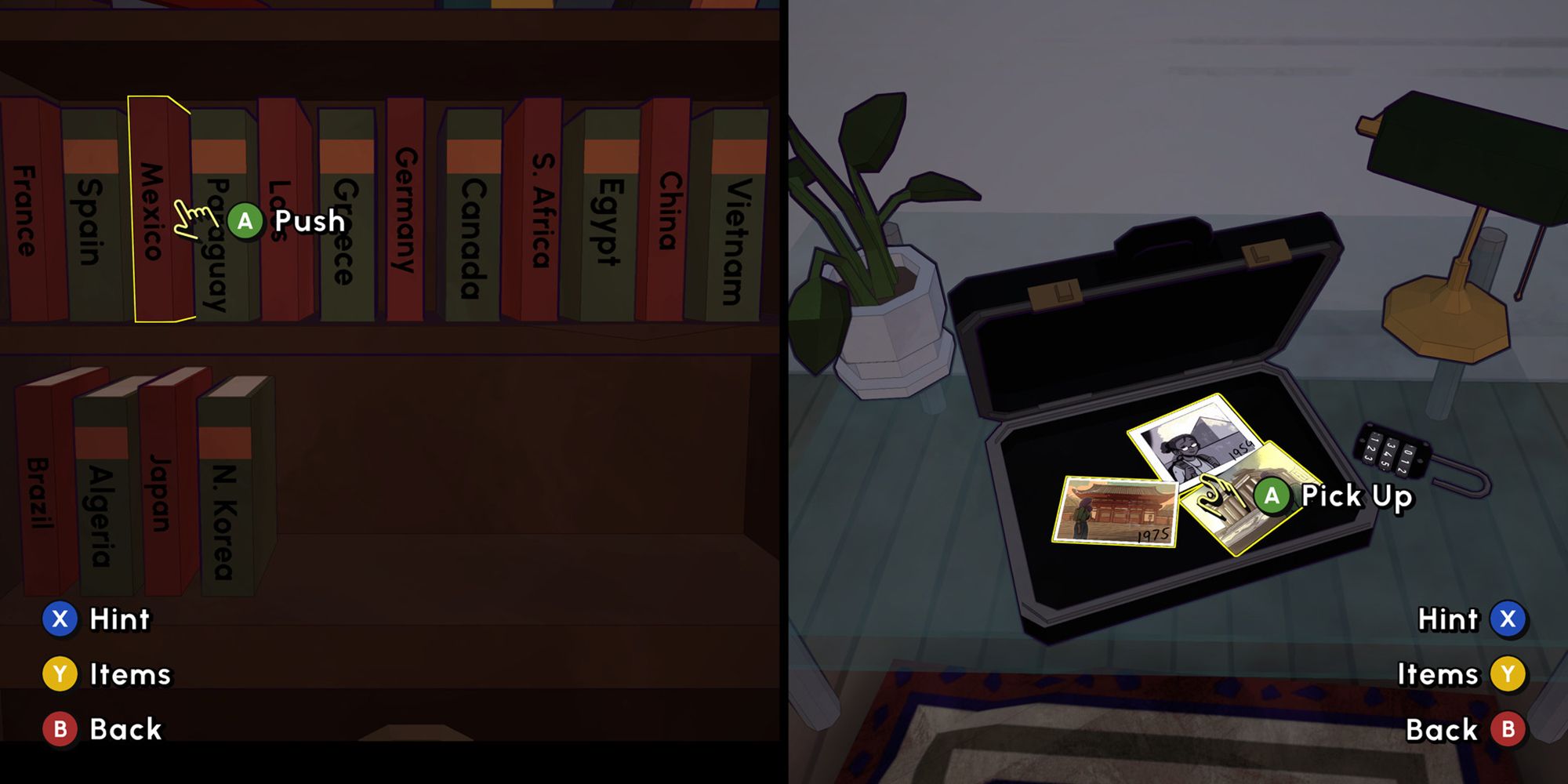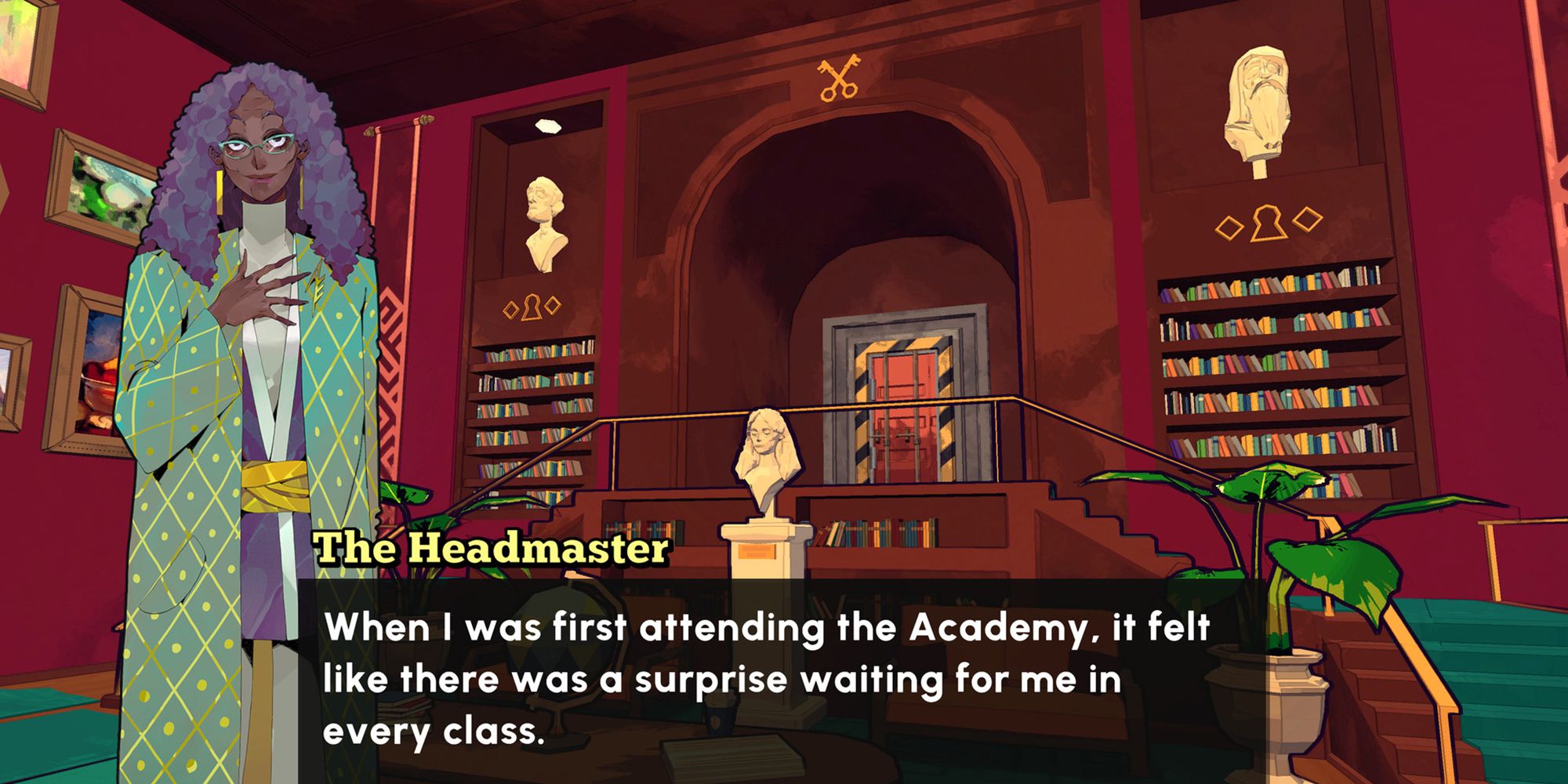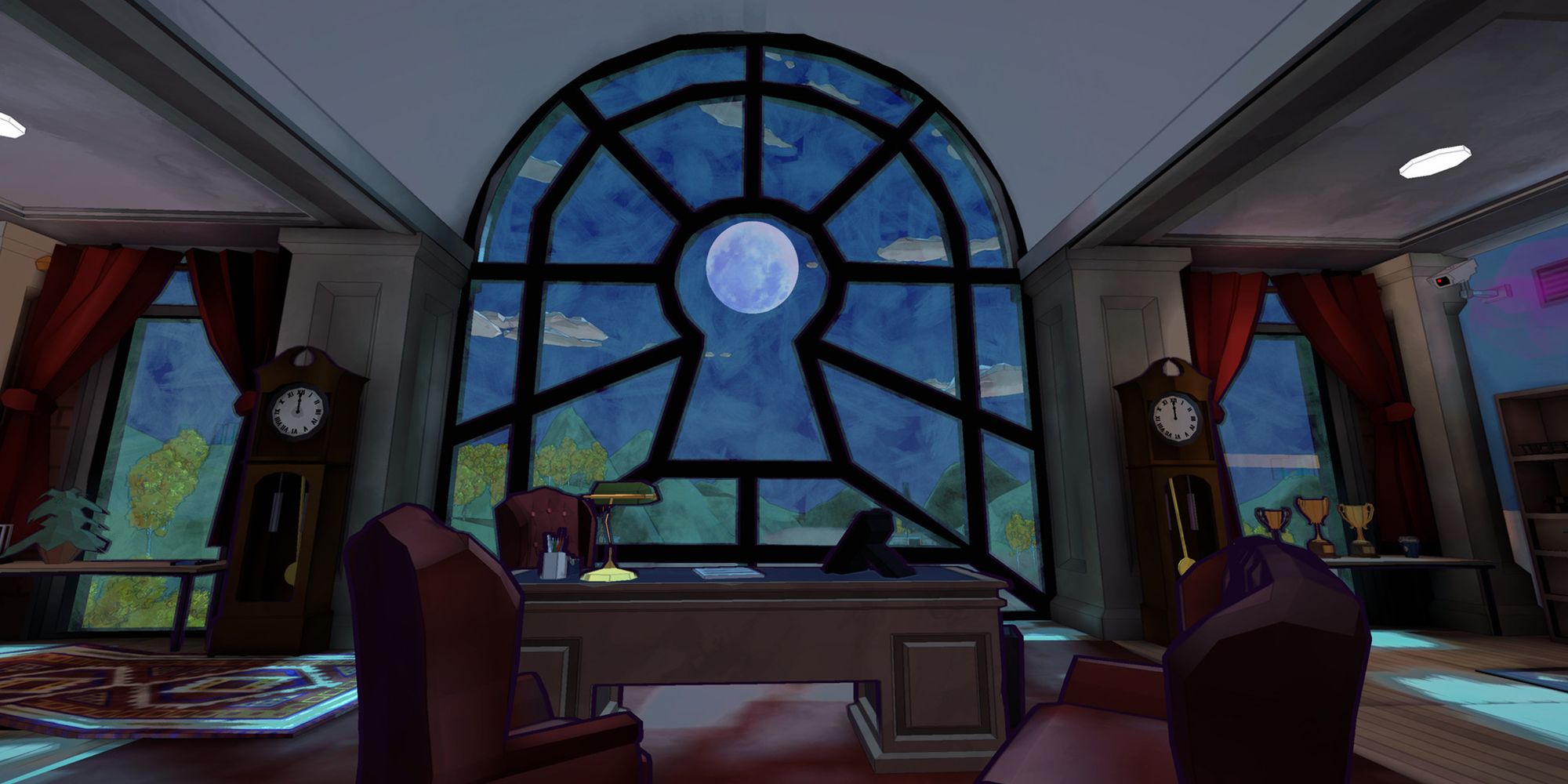Escape Academy, the first release from Coin Crew Games, thrusts players into a whimsical academy dedicated to puzzle solving and thematic escapology. Developed by veteran escape room technicians and designers, Wyatt Bushnell and Mike Salyh, the new indie game attempts to capture the thrills of a real world escape room experience with puzzles and improvements that could only be possible in a video game. In many respects, Escape Academy represents an industry coming full circle, as most real world escape room experiences draw from level, puzzle, and interaction design, and other disciplines traditionally associated with video games.
Speaking with Game ZXC, Coin Crew Games co-founders Bushnell and Salyh shared their insights on creating compelling, puzzle-driven gameplay informed by their experiences operating a real escape room. Both creators cited environment design as a key focus in Escape Academy, as different themes enable a wider variety of puzzles. But Bushnell and Salyh aspired to do more with their digital platform than simply rehashing what people can do in reality.
Simplicity Over Tactility
When development on Escape Academy began, Coin Crew Games took the opportunity to examine what it did and did not like about physical escape room experiences. A core part of the appeal of real world escape rooms is the ability to touch, play, and interact with intriguing artifacts, or re-purposing familiar objects in unusual ways. Instead of imitating the sensation of physical tactility, Bushnell prioritized a clear user experience in a digital space.
"One thing that comes to mind here, is there are a lot of puzzle games that allow you to rotate objects around in 3D space, and we chose to not do that, not only 'cause it’s more work to implement it, but restricting that for players makes the question of “what is the puzzle” easier to answer."
One of the easiest pitfalls players can fall prey to in escape rooms is ambiguity. The more details a room has, the easier it is to get lost in them. A certain degree of flavor and theme is essential, but if players lose track of what the current objective is, or how an object is supposed to be used, the experience ends up frustrating rather than exhilarating. It's a challenge comparable to developing clean UI in video games. Rather than attempting to recreate dexterity-based challenges (requiring more complex control schemes, a robust physics engine with careful collision detection), Bushnell and Salyh focused on a simple interface that could accommodate a wider variety of puzzles.
Unorthodox Escalation
Veteran escape room players know that simply 'escaping' from a room entails much more than picking locks, cracking codes, and recognizing patterns. Good escape room games repeatedly expose players to experiences they won't find anywhere else. Salyh explained that Escape Academy keeps things simple to begin with, but as the game progresses, the objectives become stranger and stranger, including several unusual goals that are only feasible in video games.
"In the first few levels, we keep it classic with objectives like “escape the room,” but as players advance, the professors will have some increasingly unexpected classes in store. That includes brewing a calming cup of tea under deadly circumstances."
While it is hard to fathom how brewing a cup of tea can help somebody escape imprisonment, it is a wonderful example of a mechanic that works better in a video game than it would in real life. In reality, something as subtle as making the 'perfect' cup of tea would be endlessly subjective and exceedingly difficult to accomplish. Digital rules strip away the layers of ambiguity that would make it impossible in a real escape room. At the same time, the thematic idea behind the puzzle remains intact, offering players a whimsical experience they likely wouldn't encounter in anywhere else. It is delightfully strange, and there is a lot to be said for playing weird indie games.
Two Heads Are Better Than One
While Coin Crew Games aims to improve on physical escape room experiences, they also aim to retain core aspects of their appeal: most notably, solving puzzles with friends. Each of Escape Academy's levels can be played cooperatively with a friend, presenting gamers with plenty of opportunities to talk, collaborate, and mess with each other over the course of solving puzzles.
While a two-player limit may seem restrictive, another problem real world escape rooms face is crowd balance. In simple rooms with large groups, certain players may feel like they have nothing to do. Conversely, more complicated rooms can feel impossible without an army of friends. But having a hard-coded cap allows Coin Crew Games to balance each level to be a perfect experience for two players looking for something to try after multiplayer hits like It Takes Two.
Escape Academy is now available for PC, PS4, PS5, Xbox One, and Xbox Series X|S. It is currently included in Xbox Game Pass.




.jpg)


